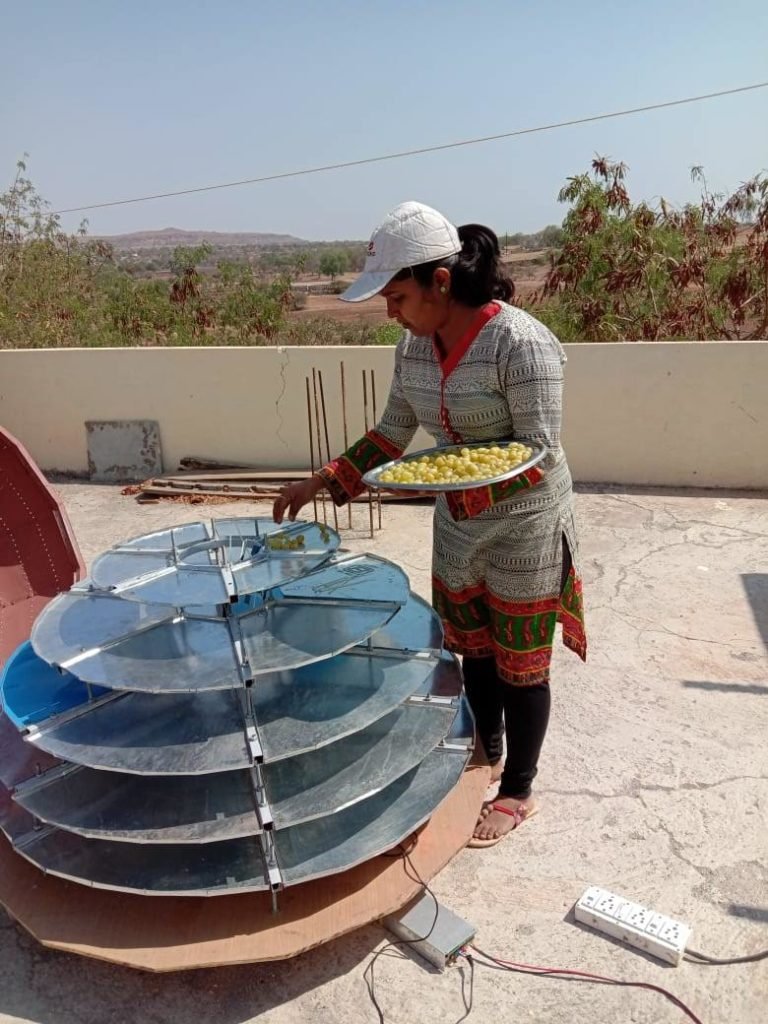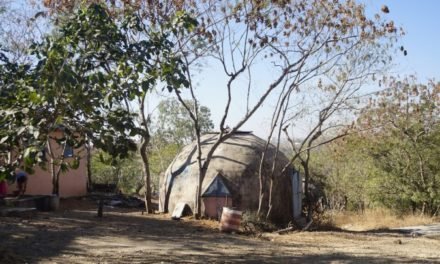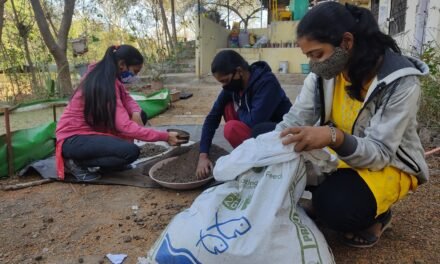Objective:
To make raisins from grapes using solar dome dryer v2.1.
Procedure:
- I did blanching of 1 kg of grapes in half liter milk at 90 degrees Celsius dropped them into hot milk for 30 seconds.
- Loaded batch to solar dome dryer v2.1.
- Took initial LOD and it was 74.82%.
- For preprocessing of grapes I referred following research paper.
What is Blanching ?
Blanching is a cooking process wherein a food, usually a vegetable or fruit, is scalded in Boiling water, removed after a brief, timed interval, and finally plunged into iced water or placed under cold running water (Shocking or refreshing) to halt the cooking process. Blanching foods help reduce quality loss over time. People often use blanching as a pre-treatment prior to freezing, drying, or canning—heating vegetables or fruits to inactivate enzymes, modify texture, remove the peel, and wilt tissue. Blanching is also utilized to preserve color, flavor, and nutritional value. The process has three stages: preheating, blanching, and cooling. The most common blanching methods for vegetables/fruits are hot water and steam, while cooling is either done using cold water or cool air. Other benefits of blanching include removing pesticide residues and decreasing the microbial load. Drawbacks to the blanching process can include leaching of water-soluble and heat sensitive nutrients and the production of effluent.
How to blanch grapes ?
If you want to use grapes in homemade preserves or in canning recipes and need to remove their skins, you must blanch them first. Blanching involves dropping fruits or vegetables into boiling hot water briefly and then removing them. I used milk to do blanching because it is a good emulsifier.
The heat from the water causes the skin of the produce to crack and loosen, making it easy to peel away. To successfully blanch grapes, you must drop them into cold water immediately after boiling them. This process prevents the grapes from cooking too much and helps them retain their flavor and nutrients.
Remove any stems from the grapes. Place them in a large strainer bowl or colander and wash them thoroughly.
Fill a large bowl halfway with ice. Fill it up with cold water and set it aside. You will drop your grapes into the ice water immediately after boiling them. If you don’t, the internal temperature of the boiled grapes will cause them to continue cooking on the inside. This may ruin their consistency and flavor, as well as prevent them from retaining their nutrients.
Add 2 quarts of water to a 4-quart pot. Heat the water on medium heat until it starts to boil.


Conclusion:
My observations were
- After doing blanching the color and taste of grapes changed.
- As time passes the color of grapes became green to chocolaty.
- Because of climate change and raining, I reduced the batch hour.
- It was a 96-hour batch.
- And the rate of moisture reduction was from 74.82% to 30.921%.
Next Plan:
I had seen videos of raisin making and they dried it on the net and their grapes color not changed so to see does it actually happen, I had decided to do it on piolet dryer. The referee video link is below,





